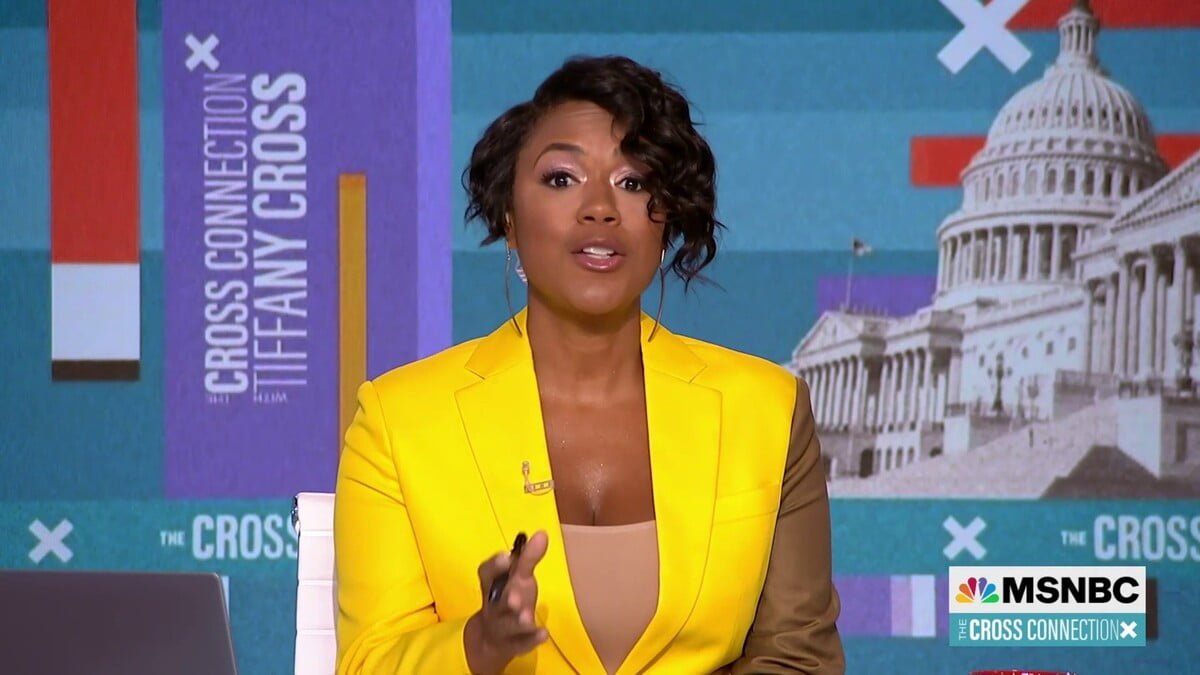I’ve previously written about the similarities between politics and broadcasting.
In that column, I compared the Congressman (I worked for) to a radio station’s “morning guy” and the communications director position as similar to the marketing and promotions role.
As we head down the final stretch of the 2022 mid-terms, I thought about what it would be like if a program director (or brand manager) became somebody’s campaign manager during this election cycle. What lessons would they use that apply to the campaign?
A well-funded campaign would be familiar to those who programmed great radio stations before the early 2000s. Campaigns have budgets for research (called polling in political circles) and marketing (the majority gets spent on television, but there is also online, direct mail, and occasionally radio). Events fall under the promotions budget. But programmers wouldn’t escape sales. In politics, it’s known as fundraising.
Polling will frame the competitive battle. As in media research (including audience estimates), polling shows relative strengths and weaknesses. By the nature of our industry, programmers have learned to narrowcast. Campaigns have to appeal to broad swaths of people over 18.
Conducting media research is easier than political polling because the sample replicates the population. What complicates political research is trying to get the right balance of people belonging to each political party and ideology. If you’ve ever lamented the undersampling of a demo cell or ethnicity, at least they are predictable from project to project. It’s more complicated in political polling.
In addition to adjusting for population and demographic considerations, pollsters must correctly capture the right mix of Democrats and Republicans, or the data is wrong. Individuals’ party affiliation changes as issues and personalities come and go. Hitting this moving target is usually the difference between pollsters who get it right and those who don’t.
Even if pollsters get the correct percentage of Democrats and Republicans, pollsters still must identify those most likely to vote from those who won’t. If they include the opinions of people who ultimately don’t vote, their data is also wrong.
On the other hand, analyzing political data is usually simpler because, for the most part, polls measure only two competitors.
Polling usually measures who’s leading, by how much, and amongst which groups. It helps determine which issues are most likely to motivate behavior (voting) and party or candidate images for those issues.
Like program directors, campaign managers use data to formulate a strategic plan. While tactics often get adjusted, once the campaign manager implements a strategy changing course can be difficult, and if done, it’s usually a sign of desperation.
I was once in a radio battle where the competitor had the luxury of using two stations to flank mine and squeeze our position. As a result, we changed strategies several times. The results were abysmal.
In June, Democrats decided that their strategy would revolve around abortion rights. A majority favor abortion rights, at least in most situations. It’s an emotionally packed issue, and Democrats “own the image.” I’m sure, at the time, it looked like it would pay dividends.
When I became the new program director of a radio station, recent research suggested the audience believed that the station played a specific type of music – that it had actually shied away from over the past several years. The recommendation was to be the station playing that type of music. What the research didn’t make clear was as long as that’s what the station was known for, it would never have significant ratings.
That’s where Democrats find themselves after spending the entire campaign messaging almost entirely on abortion rights.
With additional probing, the researchers and campaign manager might have learned voters’ lives are being impacted more immediately by inflation (especially increases in the price of food and gas).
Perhaps Democrats thought they would address inflation legislatively with the “Inflation Reduction Act.”
Radio programmers discovered long ago that adding a positioning statement about now playing more variety – or fewer commercials – without producing a significant product difference stopped working. The Inflation Reduction Act did nothing to fix the problem immediately. It amounted to a positioning statement that had no teeth. Further, Republicans have stronger images on economic matters.
Working with candidates on their speeches and public statements is similar to airchecking. When Biden makes statements that the “economy is strong as hell” or that Republicans will increase inflation, it’s not believable (except among Democrat P1s). He damages his credibility with independents and uncommitted voters.
Winning over voters’ trust is probably more important than any single issue. Biden, Harris, and many other Democrats squandered the trust they earned because of their distrust of Trump. These are a few examples of how Democrats damaged the trust voters placed in Biden and the Democrats, with more to follow.
Democrats also missed the public’s mood about crime and the border in some parts of the country. Again, Biden’s statement that his administration has a good record on crime and Vice President Kamala Harris’ declaration that the border is secure undermine their overall credibility. Further, the GOP has stronger images on these issues as well.
In the final couple of weeks before Election Day, Democrats are looking at data showing that they are behind and that abortion rights have lost immediacy as an issue, even among suburban women.
Programmers familiar with weekly music research understand “Burn.” I believe, but haven’t seen data, that the abortion issue became tiring after so many messages.
In a last-minute attempt, Democrats are switching strategies and making Social Security, Medicare, and democracy itself issues. Last-minute strategic changes will backfire, as they did for me in a radio battle once long ago.
Polling shows that other than among Democrat’s P1s, there is little appetite for more January 6th hearings.
Social Security and Medicare are more complicated issues that may scare a few people in the remaining days. When faced with budget realities, Democrats will find that they are going to have to discuss the gigantic programs that eat up so much of the federal budget. Campaigning on preserving Social Security – as it currently exists with no changes – will come back to haunt Democrats.
Programmers advise our personalities to perform in ways consistent with their persona. I’ve yet to meet a Country PD who told their morning show to do more blue humor.
I’ve seen firsthand what happened to a successful talk show host with center-right appeal when they decided to move to the left.
I like to quote Charlie Manuel, skipper of (at least for the moment) the last Philadelphia Phillies team to win a World Series, who preached: “Know thy self.”
Biden ran to “save the soul of America.” That may have had meaning when he was out of public office and running against Trump as the incumbent. Two years into his presidency, the country is (if anything) more divided. Meanwhile, the once grandfatherly Joe Biden has become angrier as he argues that electing Democrats is the only way to save the soul of America.
Authenticity is critical to effective communications. Michael Dukakis did damage by putting the helmet on and riding around in a tank. Bill Clinton, on the other hand, scored points playing saxophone on Arsenio Hall. Know thy self! Reagan was a great storyteller (a trait from his early radio days).
Biden needed to remain consistent with the public character he’s developed over 50 years or change his message to make the point without sacrificing his image.
His speech in front of Independence Hall before Labor Day provided terrible optics. It was dark and authoritarian. His words didn’t match his character, and the tone was out of sync with expectations. If a member of one of my airstaffs did something similar at an appearance, a discussion would likely ensue shortly afterward.
Personally, I find telling people there is only one way to vote to save democracy both disingenuous and hypocritical. I’m sure Democrats believe the country would be far more democratic if only one party existed. The implications are staggering, but that’s a column for another day.
The president’s party typically loses seats during the mid-term. Biden administration policies set up economic conditions that helped set up Republicans for a potential wave election.
The Supreme Court gave Democrats a signature issue to run on over the summer with its Dobb’s decision. However, voters just had a summer fling with Democrats and abortion rights. The economy, inflation, jobs, wages, etc., are almost always the most critical issues when voters decide how to vote.
Democrats built their strategy on the wrong issue. Republicans had healthier images for the issues that usually drive voting, to begin with. Democrats then largely ignored these issues. In the final ten days, Democrats have started panicking and are throwing anything they can find at voters.
I don’t think it will work. Republicans will win the House with 225 to 230 votes and the Senate with 52 votes – although the Senate may require run-off elections that would take until early January.
Andy Bloom is president of Andy Bloom Communications. He specializes in media training and political communications. He has programmed legendary stations including WIP, WPHT and WYSP/Philadelphia, KLSX, Los Angeles and WCCO Minneapolis. He was Vice President Programming for Emmis International, Greater Media Inc. and Coleman Research. Andy also served as communications director for Rep. Michael R. Turner, R-Ohio. He can be reached by email at andy@andybloom.com or you can follow him on Twitter @AndyBloomCom.








